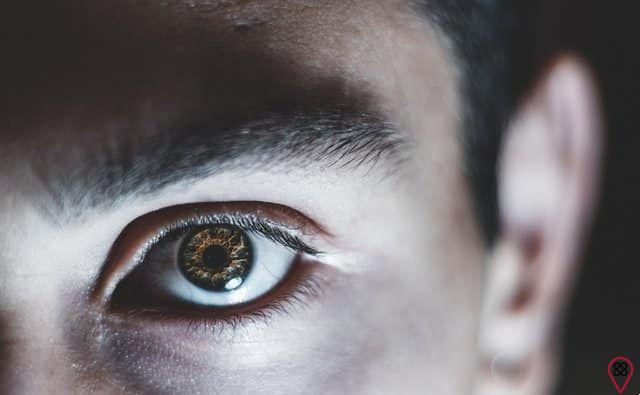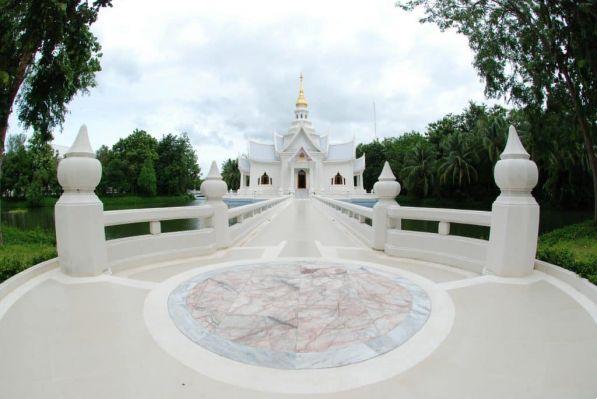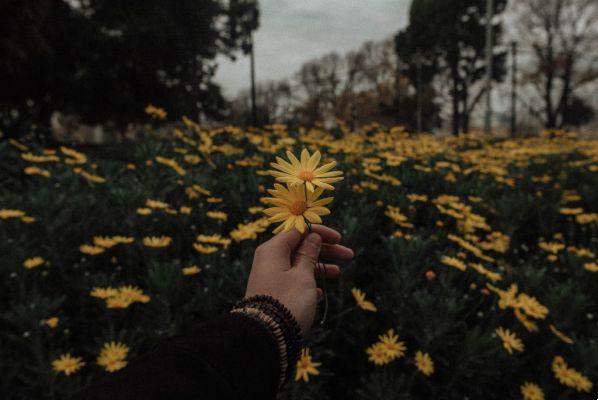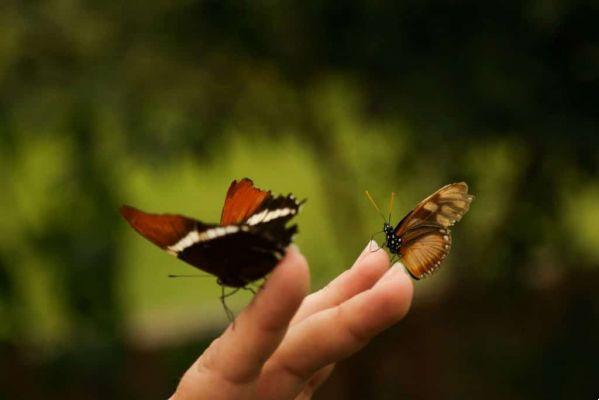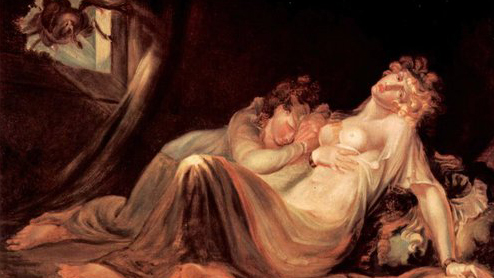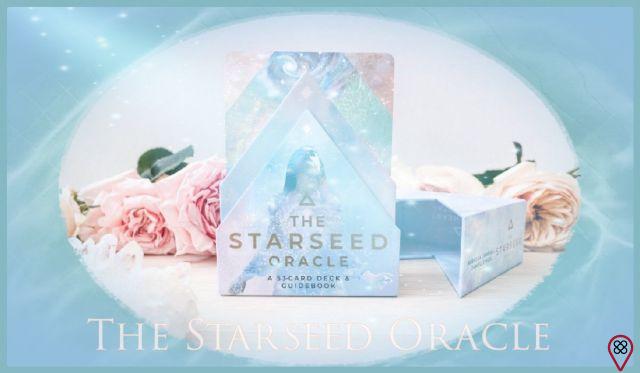Also known as Lammas, this is one of the four great Celtic festivals related to agriculture. Dedicated to the god Lugh (whose name means “brightness”, “light”), it expressed gratitude to the Earth for its generous abundance and the victory of the god Lugh over the spirits of the other world who tried to steal the crops.
Religious rites included the offering of the first fruits, the sacrifice of a bull and ritual dances, extolling the power and strength of Lugh, usually celebrated on top of hills.
The god Lugh is similar to the Roman god Mercury (Hermes, for the ancient Greeks), because like him, he was protector of sellers, commerce and profit.
Lughnasadh was also considered a time for handfasting. In Celtic mythology, this date represented the marriage between the mother goddess Earth and Lugh, between the powers of light and dark, sun and moon, life and death, marking the beginning of the sun's descent on its way into the firmament.
You might also like:
- Celtic Reiki: Litha, the Summer
- Celtic Reiki: Ostara, the Spring Equinox
- Celtic Reiki: Cycles and Transitions
According to tradition, the god Lugh himself instituted an event similar to the Olympic games of ancient Greece, called the Tailteann Games. Great religious ceremonies in honor of the deceased were celebrated by the communities, as well as banquets and commercial activities. Bards and druids brought new laws to the people.
Games began around 1600 BC. C. and were held until 1169 d. C., disappearing after the Norman invasion. They included running, long and high jumping, spear-throwing, archery competitions, wrestling, swimming, and horse racing.
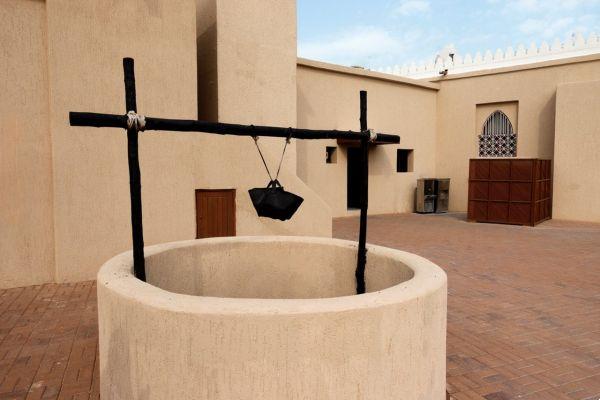
Another custom was visiting the sacred wells, where people prayed for health, walking around them. Visitors often made offerings, leaving coins or strips of cloth tied to a tree near the well.
In the sacred wells, the operative principle is to cast out the disease, represented by the discarding of something that represents it. In the case of cloth strips, the tradition was to wash the part of the body affected by the disease and tie the cloth to a branch. As the cloth disintegrates after a certain time, so too would the disease disappear and the individual could regain his health.
These Celtic pilgrimage areas are known as “clootie wells”. The sacred trees in these wells are usually ash and hawthorn.
In Celtic Reiki, the ash tree is represented by the symbol ogham nuin, which assists in healing and removes obstacles, resistance and separations. The height of its crown, which can exceed 25 meters, and the depth of its roots serve as a metaphor for the development of our spirituality: we must seek to reach higher perspectives while strengthening our foundations.
The hawthorn is represented by the Huathe symbol, which wards off negative situations, providing protection. It can reach 15 meters in height, forming an impenetrable barrier against invaders. Traditionally, Huathe warns that if you want to achieve something, you must give something in return; no energy can be gained without putting another in its place. This fair exchange helps to understand the magical character of the votive offerings of the ancient Celts to the deities, seeking to obtain healing.
References:
Celtic Reiki – Ancient Wisdom for Current Times – Maria Tereza do AGO Ramos – AGbook – São Paulo
Lughnasadh – https://en.wikipedia.org/wiki/Lughnasadh






